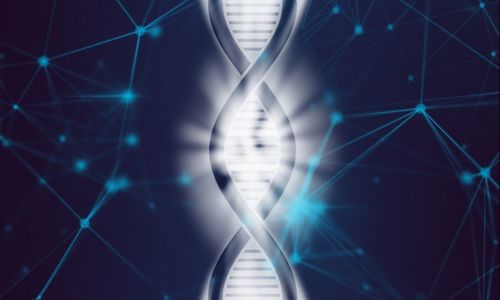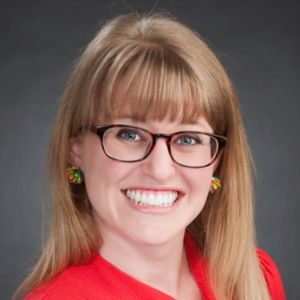St. Jude Family of Websites
Explore our cutting edge research, world-class patient care, career opportunities and more.
St. Jude Children's Research Hospital Home

- Fundraising
St. Jude Family of Websites
Explore our cutting edge research, world-class patient care, career opportunities and more.
St. Jude Children's Research Hospital Home

- Fundraising
Genetic sequencing: How do we put out the fires of genetically driven cancers?

Genetic sequencing gives physicians clues about what may be causing or fueling cancer – but the real challenge is deciphering all of the genetic data.
We’re in an era where genetic sequencing is more accessible than ever. Some people do it for fun. They learn more about their history and the parts of their DNA that make them who they are.
Cancer patients do it because they have to. That information can tell their doctors what’s causing or fueling the cancer and give them clues for treatment. Doctors who read this roadmap of genetic data correctly can more accurately make recommendations about a patient’s care.
Unfortunately, this mass of data from genetic sequencing is not black and white. Many people have mutations in their DNA that don’t fuel cancer. There are tons of false mutations and dead ends, which make it difficult for scientists to decipher which cause cancer and which do not.
Sequencing genetic data: Too much of a good thing?
At St. Jude, researchers get together annually to discuss recent advances and challenges in understanding and treating genetically driven cancers. This year, St. Jude hosted its 15th annual Biomedical Research Symposium which looked at these inherited mutations that can lead to cancer.
We are entering a stage in genomic data collection where some genetic signatures are rising above the noise. Symposium presenter, Uri Tabori, MD, staff physician at The Hospital for Sick Children in Toronto, is already finding genetic signatures in infants with brain cancer. Based on the mutations in their DNA, he can select a specialized treatment to improve their outcome.
But not all cancers have obvious signatures yet. Gail Jarvik, MD, PhD, head of the Division of Medical Genetics at the University of Washington and Lea Starita, PhD, a research assistant professor in genome sciences at the University of Washington, were stand-out stars of the symposium. They have plans for turning the less-complete data into helpful guideposts for cancer therapy.
Getting what you need to know
Jarvik wants clinicians on the same page. If clinicians diagnose patients using the same updated rules, it’s easier to identify the drivers of disease. If they log this information into a universal database, it speeds up access to patients.
At St. Jude, we offer free access to data portals just like this called PeCan (for pediatric cancer genome data) and PROPEL (for leukemia tissue samples and their genetic data). Jarvik believes this should be available for all types of cancer. By including the ever-evolving notes of clinicians, the database can keep up with the pace of changing knowledge.
Starita would like to see more complete data from in vitro experiments using new technology called deep mutational scanning. Her new methods also harness our ability to sequence DNA. All possible mutations in cells are tested at once, identifying all the bad mutations in the results. This helps researchers focus on treatments for the harmful genetic mutations instead of the harmless ones. Jun J. Yang, PhD, of St. Jude Pharmaceutical Sciences and Oncology, is already applying these methods to understand leukemia.
Harnessing the power of genome sequencing
As the data continues to flow from the fire hydrant of genome sequencing, the answers may keep changing. The key for researchers is to find the right hose and nozzle to put out the fires of each genetically driven cancer. We need a good place to put the data, and we need to keep working on finding the bad mutations above the noise.
“Everything we know now may not be true in three years,” Tabori said. “So, we have to keep working together and stay humble.”
And that’s precisely why meetings like this are so important. It keeps bright minds involved in the very important discussion of where to go next. Together we can keep forging onward, getting patients the most appropriate treatments as quickly as possible.






